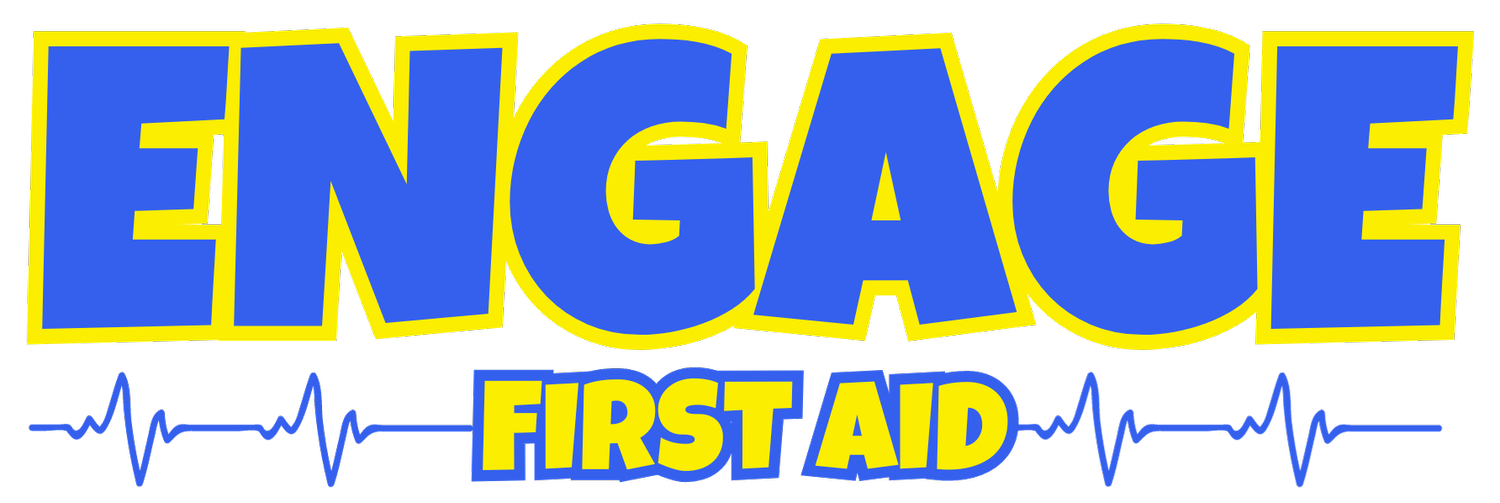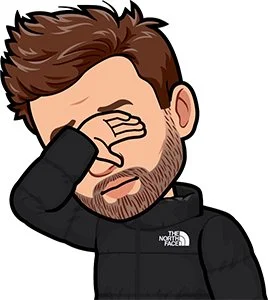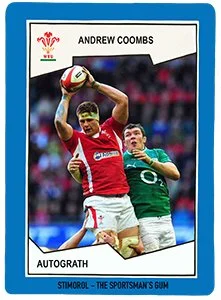Sports-related concussions – not something to Shake Off
With the Superbowl almost upon, in Australia for the most part it’s more about the commercials and half-time entertainment. This year there’s the added chatter of will Taylor Swift make it to cheer on her boyfriend the Chiefs Travis Kelce. But it got us thinking about the impact the game has on a player’s body and head more specifically. Concussions are more and more prevalent in AFL but the NFL has been struggling with it for years and it’s certainly not something to shake off!
A concussion injury is a serious injury to the brain that occurs when a person’s head experiences a sudden impact or a powerful jolt to the head by outside forces.
And we’ve found some staggering stats:
A NFL player has a 28% chance of encountering a concussion during their career
46% of concussions are caused by helmet-to-helmet collisions
11.8 concussions are reported per game
In 2017, there were 291 incidents of concussion and concussions spiked by 13.5%
In 2018, 47% of NFL athletes chose to brave concussions without missing a single game
In 2015, 57.5% of concussions unfolded during practices
In 2015, in a single regular NFL season, there were 182 reported concussions
Losing consciousness it not the only impact of this injury. It was also found that 38% of retired NFL players, post-career, display signs of traumatic brain injury. Repeat concussions too can bring on long-term problems, serious brain injuries, and even permanent damage.
A poignant reminder that the game's toll extends long after the final whistle.
It’s not just the NFL that needs to be worried either, with sports-related concussions common in most contact sports, like AFL, soccer and rugby. They can happen in any activity where your head might take a hit.
Concussion rates are worked out by assessing injuries per 1,000 athlete exposure player hours, where athlete exposures encompass both games and practices. AFL takes the lead in this classification with 6.0 per 1000 player hours. Rugby accumulated a rate of 3 injuries per 1,000 athlete exposure hours. Following closely, American football follows with a rate of 2.5 per 1,000. Scarily, in junior rugby, the concussion rate escalates further, reaching 4.18 injuries per 1,000 exposures among participants under the age of 18.
So, whether you're a coach, a parent, or athlete, knowing the signs and a bit of first aid for these sports bumps can help to prevents things from getting worse until the professional medical crew arrive.
Symptoms of sports-related concussions include:
A pounding headache
Dizziness
Confusion
Memory lapses
Slurred speech
Heightened sensitivity to light or noise
Bouts of nausea and vomiting
These symptoms may not manifest immediately and can gradually emerge over time.
If you think someone may be displaying signs of concussion, swift medical attention is imperative. The player shouldn’t be permitted to continue playing or engaging in physical activity until they have been assessed by a health care professional. The AFL even has guidelines to say that any player diagnosed with a concussion is not permitted to return to play or train on the day of injury.
Adequate rest is pivotal for the recovery process, and consulting with a doctor becomes instrumental in managing symptoms and determining the safe timeframe for a return to play. If the athlete was losing consciousness or has an altered consciousness at any time, call 000.
People can sustain a major head injury without loss of consciousness or loss of memory. All people who have sustained a head injury no matter how severe, must be assessed by a health care professional or at a hospital.
The impact can even lead to mental health issues and in some cases has led to suicide in some of our greatest athletes. Shane Tuck, a 10-season AFL veteran from the Richmond Tigers ventured into professional boxing for three years, post footy. Tragically, his mental health took a rapid downturn, leading to his untimely death by suicide in 2020. Throughout his career, Tuck endured numerous head injuries including a knockout during his boxing debut. In 2021, a posthumous diagnosis revealed he had chronic traumatic encephalopathy (CTE), an incurable, degenerative brain disease only detectable after death.
The Coroners Court conducted an investigation and released findings showing Tuck has exhibited symptoms of CTE such as episodic memory impairment and depression. The court made 21 recommendations to the AFL aimed at preventing future cases of concussion and other head injuries. Some of these included independent medical professionals at games, regular standardised neurological testing for all players and ‘concussion spotters’ that were empowered to remove players during games if they suspect a head injury.
As the 2024 AFL season draws closer, in late 2023, the AFL was contemplating restrictions on contact during pre-season training, prompted by Collingwood midfielder Josh Carmichael becoming the second player in a week in December to endure a concussion.
The AFL is earnestly seeking ways to diminish head injuries, particularly given the growing number of former players grappling with the enduring consequences of concussions including Marcus Adams, Paddy McCartin, Paul Seedsman, Max Lynch, and Justin Clarke, all who have prematurely retired due to the lingering effects of these injuries.
Rugby Union is also a game made up of hard hits. Andrew Coombs, a former Wales international player shared in 2013 he was diagnosed with dementia and probable CTE after grabbling with symptoms for four years.
It’s so important to never downplay the gravity of head impacts and some of the cases above prove how severe they can be.
Whether it’s a win for the Chiefs or the 49ers during Superbowl Sunday and no matter the score, let’s hope the score for the number of concussions during the game is 0.
—
If you or anyone you know needs help:
Lifeline on 13 11 14
Kids Helpline on 1800 551 800
Beyond Blue on 1300 224 636
Headspace on 1800 650 890
MensLine Australia on 1300 789 978
—
The information provided in this blog offers general insights only. It is important to note that this content is not intended to serve as medical advice and if you are experiencing a medical emergency, please call 000 immediately.
References
https://www.hindawi.com/journals/jsm/2017/2831751/
Guideline 9.1.4 – Head Injury >> https://www.anzcor.org/home/first-aid-management-of-injuries/guideline-9-1-4-head-injury
https://7news.com.au/sport/afl/afl-considering-restricting-contact-following-latest-concussion-to-collingwood-youngster-josh-carmichael-c-12898723




